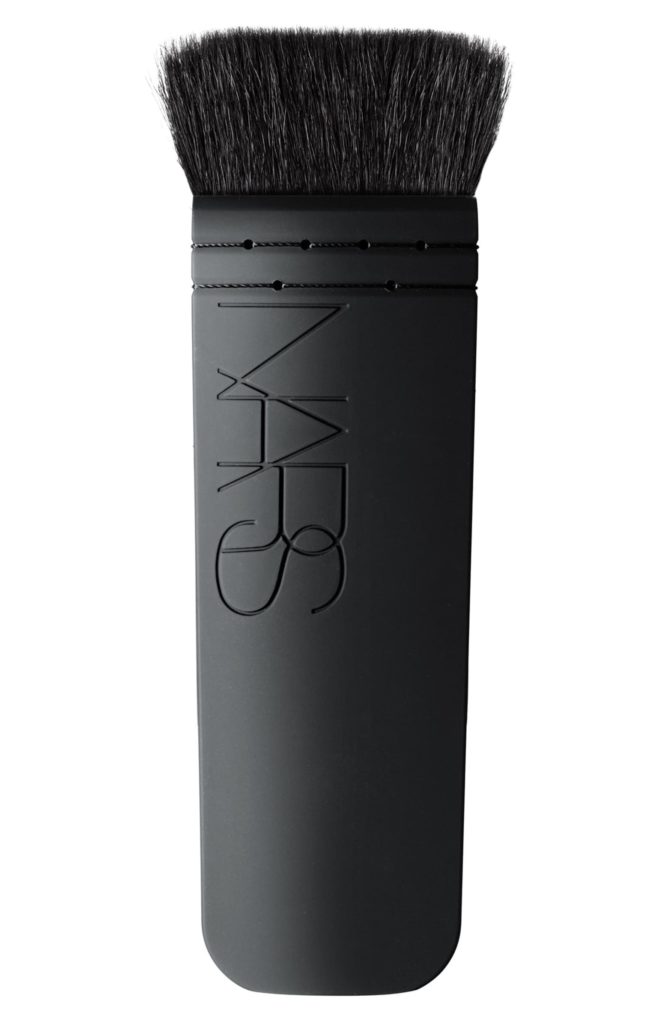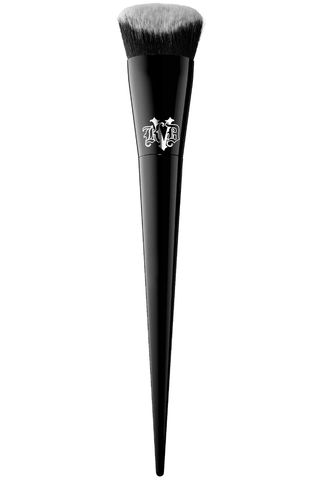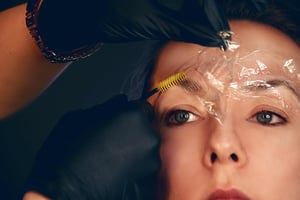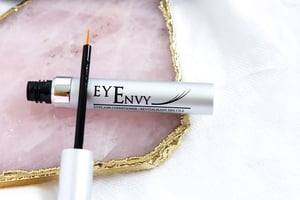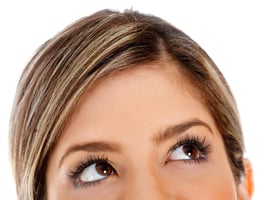Long gone are the days of over-plucking, waxing, and pencil-thin eyebrows. The fluffy, thick brows...
Makeup Brush Guide: Which Ones You Actually Need and How to Use Them
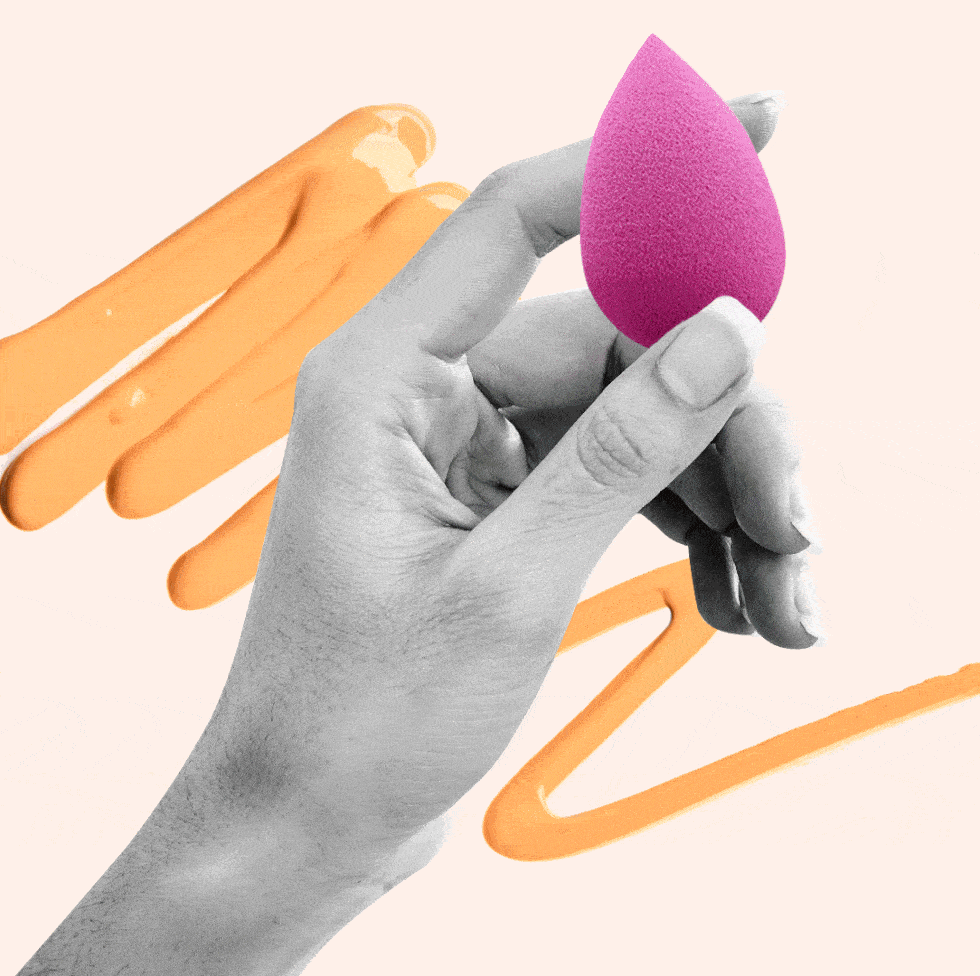
You don't need a thousand makeup brushes or blending sponges
If you’re like me then you have spent more than enough time Googling your makeup tools to unlock the mystery behind what brushes are best, and how to use them. Some makeup professionals just blend their makeup into the palm of their hand and apply it with their fingers. But that level of skill (and willingness) to be so hands on is not for everyone and that’s where brushes come in as a really great tool. They’re just hard to figure out.
Makeup applicators come in so many different sizes, materials, bristle shapes, lengths and density. To make things more difficult, brands don’t actually name their brushes or give any indication about how you’re supposed to use them. In some cases they might have random serial numbers but these rub off anyway.
Luckily, we have found a great list of tools in this handy guide below.
Makeup Brush Guide: The Kabuki Brush
You can use a synthetic kabuki brush to apply liquid foundation or body makeup for coverage that is medium to full. The bristle density of this brush makes it ideal for packing in super fine powder or mineral foundation or a fuller coverage finish.
How to use a Kabuki brush
The Kabuki brush has dense and firm bristles, so only slight pressure is needed to work the product into the skin. When using the tips of the bristles to pick up the product swirl or buff it to spread it across your face.
Makeup Brush Guide: The Foundation Brush
You definitely need a brush for mineral or powder foundation, but it’s optional for liquid makeup.
Foundation brushes are usually dense but can be pinched or molded flat (more like a paintbrush). Some people prefer synthetic brushes because they’re easier to clean for liquid makeup and the n natural bristles for powder makeup. We leave the choice up to you, but quality is important.

